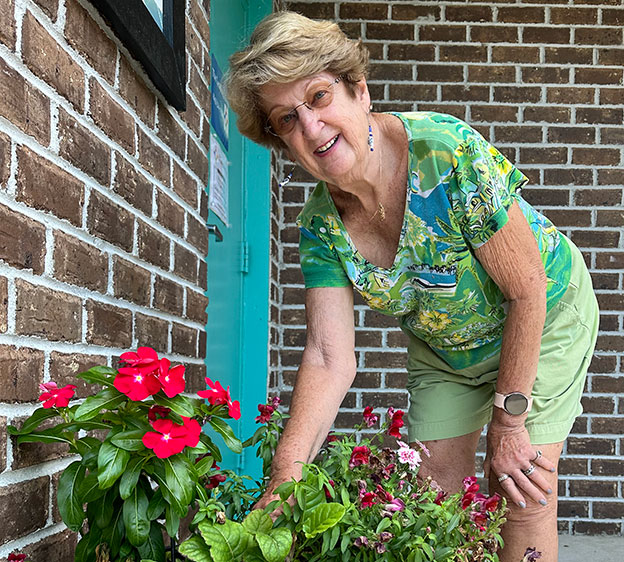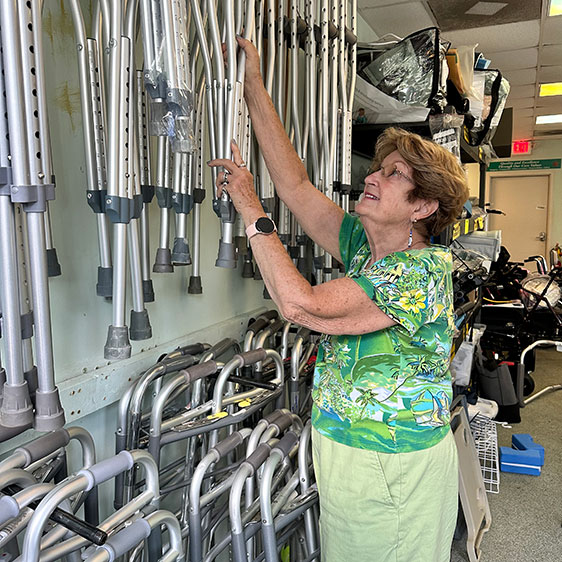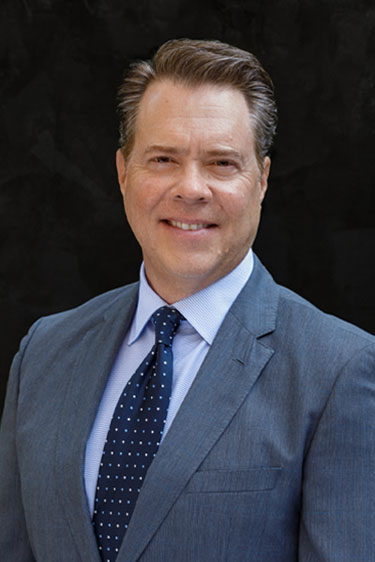
When a back injury sidelined Carolyn Roos from gardening and other activities she enjoys, she sought help from Beaufort Memorial. The Lady’s Island resident had found it increasingly difficult to get up and down, as her back and sciatic nerve pain increased. Instead of tending to her garden, she turned to activities like crafting or acrylic painting, which she could do sitting down. But even routine daily activities were becoming a challenge.
“Walking to the mailbox was a problem,” she says.
She tried to alleviate her discomfort with physical therapy, massage therapy and epidural injections. Eventually, Carolyn and her physician, Dr. Andrew Castro, a board-certified and fellowship-trained spine surgeon with the Beaufort Memorial Advanced Orthopedics and Spine Program, decided surgery was necessary.
Read More: Finding Relief Through Spinal Decompression Surgery
Finding the Optimal Choice
Carolyn appreciated that Dr. Castro took the time to explain her options and didn’t rush her.
“We always try not to do surgery, if possible,” says Dr. Castro, who practices with BOSS Orthopaedics. “There are many options, and we always try to find the best fit for the patient.”
Carolyn’s pain was caused by nerves being pinched in the spine, and her spine had become unstable. She needed surgery to decompress the nerve and then fuse two vertebrae at the base of her spine to stabilize it.
“The option with the best long-term outcomes for her was decompression and fusion,” Dr. Castro says.
Carolyn underwent surgery in January 2023. The procedure took about three hours, Dr. Castro says, with most of the time spent relieving the pressure on her nerves.
“That’s the slow, meticulous part of the surgery,” he says. Then, he realigned the L4 and L5 vertebrae in Roos’s spine and fused them. Most patients can walk on the day of the surgery, Dr. Castro says.
Read More: Looking for Sciatica Pain Relief? These 4 Exercises May Help
The Road to Recovery
Carolyn was able to go home two days after the surgery and began walking as part of her rehabilitation.
Dr. Castro says he encourages patients to build up to a mile daily by four weeks post-surgery.
“Once they can do that, they rehabilitate very quickly,” he says.
A month after surgery, Carolyn started physical therapy in earnest to prepare for a planned cruise last March. The cruise went off without a hitch, with Carolyn able to walk comfortably on planned excursions. When she returned, she continued doing physical therapy until May.
After her trip, Carolyn returned to volunteering once a week at The Lending Room, an organization on the Beaufort Memorial Hospital campus that takes donations of used, durable medical equipment and loans it to individuals for a nominal donation as they transition home from the hospital. Equipment is loaned to anyone who has a need, regardless of income or insurance.
Read More: 4 Common Questions About Spine Recovery After Surgery
Giving Back
 For over 15 years, Carolyn has helped individuals secure the medical equipment they need as a volunteer co-director of the organization. And she was able to turn to The Lending Room after her own surgery to borrow medical equipment — including a rollator walker — to aid her recovery.
For over 15 years, Carolyn has helped individuals secure the medical equipment they need as a volunteer co-director of the organization. And she was able to turn to The Lending Room after her own surgery to borrow medical equipment — including a rollator walker — to aid her recovery.
“I’m proud to see how the organization has grown and evolved,” she says. “It’s wonderful to be able to borrow rather than buy durable medical equipment when you need it.”
Carolyn continues walking and is catching up on her gardening now that she has the stamina to work in her garden for as long as she wants.
“It’s been a very good experience,” she says. “Now, I rarely even remember that I had an issue.”
Read More: What to Expect When You’re Expecting Back Surgery
Learn more about spinal surgery at Beaufort Memorial or request an appointment with a spine surgeon.

